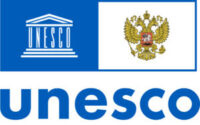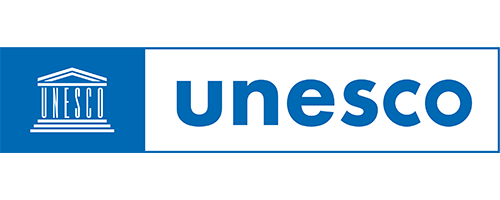PROJECT ACTIVITY AS A MEANS OF FORMING IDEAS OF SUSTAINABLE ENVIRONMENTAL DEVELOPMENT IN PRESCHOOL CHILDREN
Keywords
project, sustainability, sustainable environmental development, children
Abstract
Modern society needs a constructive person who is able to learn about the world around him through activity, to realize himself, to show initiative and creative approaches to solving pressing problems. Formation of ideas about sustainable development in children at the stage of preschool education will not only lay the foundations for respect for the environment, but also form the ability to live in a sustainable world in harmony with society, nature and oneself. Sustainable development is understood as a process that includes three components: social, economic and environmental.
The purpose of the study is to test the hypothesis that digital technologies, namely the development of projects in the algorithmic language Scratch, will allow children to form ideas about sustainable environmental development.
The research methods were: a conversation with preschool children on the subject of sustainable environmental development, the study of theoretical and practical material in the authors' studies on the problem of sustainable development, as well as an experiment using the methods of O.A. Solomennikova "The World of Animals and Birds" and "The Plant World"; A. I. Ivanova "Describe the picture."
After the completion of the formative stage of experimental work, taking into account the use of digital programming technology in the Scratch program, diagnostics were carried outthe level of children's ideas about sustainable environmental development has significantly increased. Thus, a high level was detected in 46% of older preschoolers (it was 23%), an average level was detected in 38% of older preschoolers (it was 31%), a low level was detected in 6% of older preschoolers of the group (it was 46%).
Thus, we can conclude that the use of the Scratch digital tool can achieve the desired effect in terms of shaping the sustainable environmental development of preschool children.
Video
Prezentation

Russian Psychological Society
e-mail: ruspsysoc@gmail.com

Federal Scientific Center for Psychological and Interdisciplinary Research,
Moscow, Russia
e-mail: forumdigitalchildhood@gmail.com

Psychology Department of the Lomonosov Moscow State University,
Moscow, Russia
e-mail: psy@psy.msu.ru









